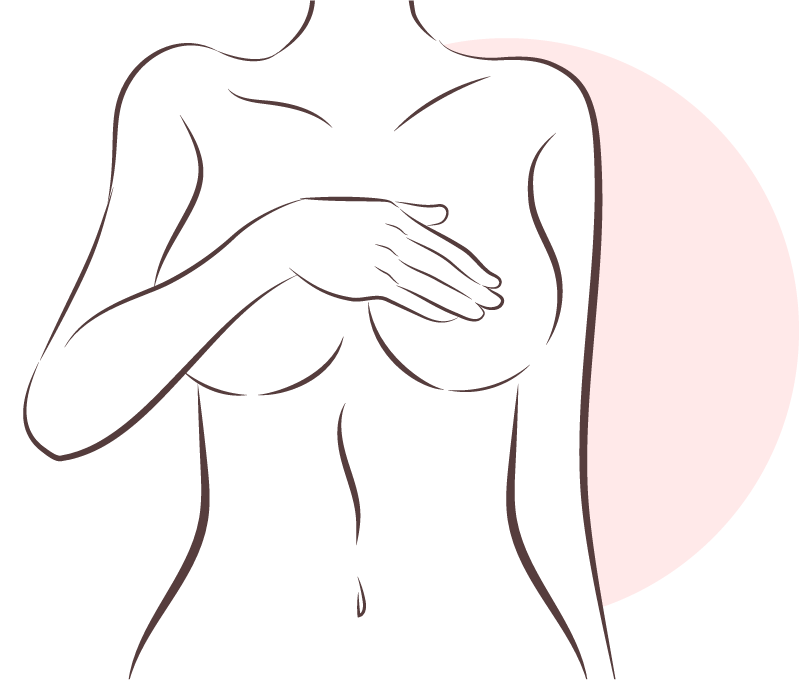
Women of all ages often make the decision to improve their breasts.
Breast augmentation is the most popular way to increase the size and improve the shape of the breast.
Women who undergo breast augmentation do so for personal and individual reasons. Some don’t like the way their breasts developed in size, shape or evenness. They have never had breasts they liked. Others lose breast volume or good shape through time, weight loss or pregnancy.
Breast implants reliably create fuller, larger breasts, and can alter the size and shape of the breasts. In some women, a breast augmentation is often combined with a breast lift. If you are in good health, you may feel that it is for you.
What to Expect
Breast augmentation is performed as a day surgery procedure or overnight surgery procedure in an accredited hospital operating room. Surgery usually takes between one and two hours, and is performed under general anaesthesia.
Dean will give you specific guidelines to follow during your recovery based on your personal needs. In general, you can expect to return to your usual routine after a few days, but you should avoid excessive lifting and vigorous exercise for several weeks.
Feeling tired and sore following breast augmentation surgery is normal. Pain medication and antibiotics may be prescribed to help alleviate discomfort and reduce the risk of infection.
It is advised that you remain in a support bra with no underwires for approximately four to six weeks. Breast swelling may take up to five weeks to subside.
Scars usually stay firm and pink for at least six weeks and will begin to fade after several months, taking on a flesh tone by 6 to 9 months post-operatively.
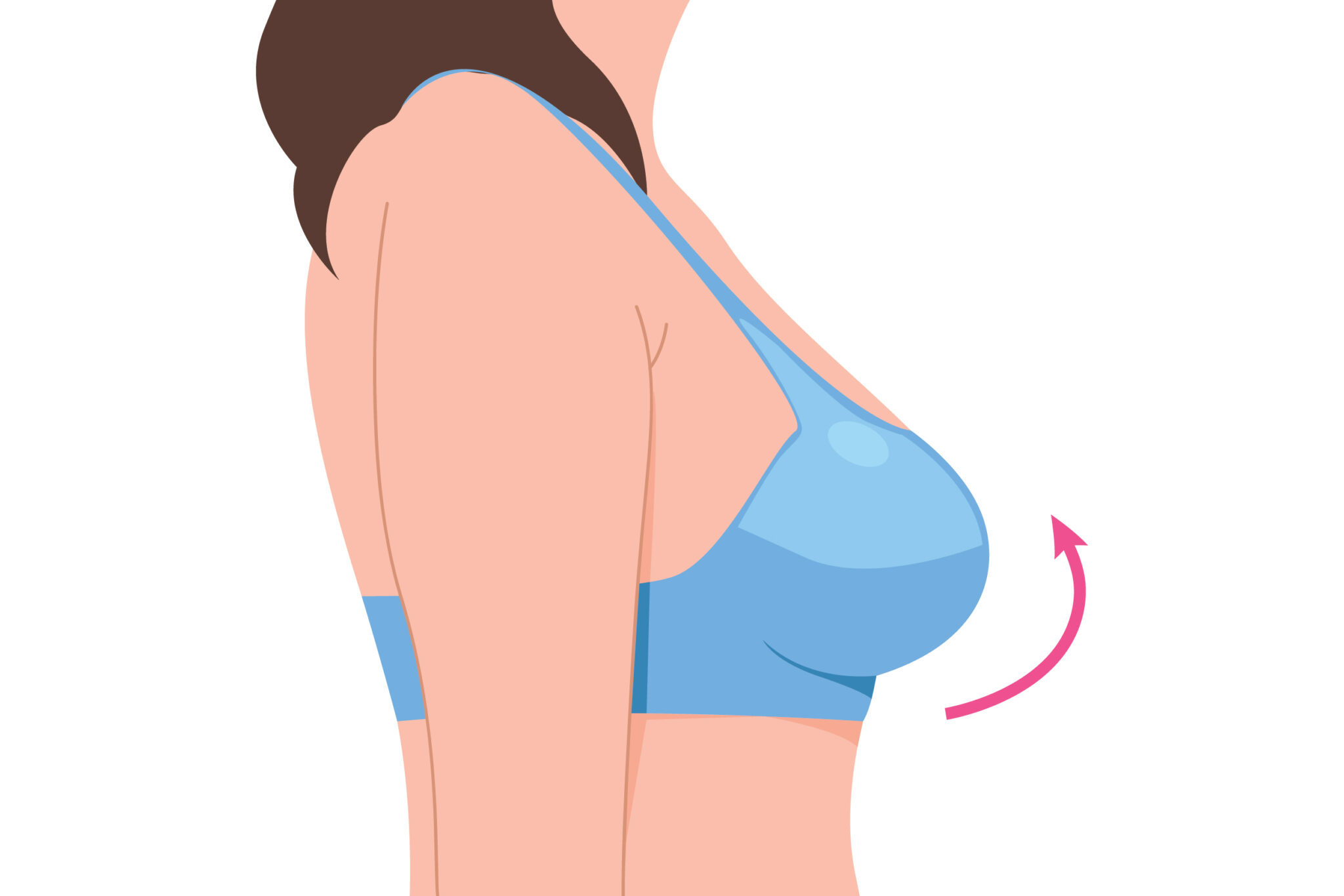
Breast augmentation is achieved by inserting a breast implant either behind the breast tissue, or partially or under the chest muscles. Incisions are made to keep scars as inconspicuous as possible, usually under the breast.
The method of implant selection and size, along with surgical approach for inserting and positioning breast implants will depend on your preferences, your anatomy and your surgeon’s recommendation. The shape and size of your breasts prior to surgery will influence both the recommended treatment and the final results. If your breasts are not the same size or shape before surgery, it is unlikely that they will be completely symmetrical afterwards.
Just as you have a choice in the type of implants you prefer for your procedure, plastic surgeons may choose between the traditional implant delivery method using their fingertips for insertion or the Keller Funnel ™2, a device (that looks like a piping bag used in cake decoration) that gently slips an implant into place. Where possible, Dean uses the Keller Funnel ™2 to deliver the implants through the incision. This reduces handling of the implant, which in turn reduces the risk of contamination and capsular contraction and reduces the chance of damaging the implant.
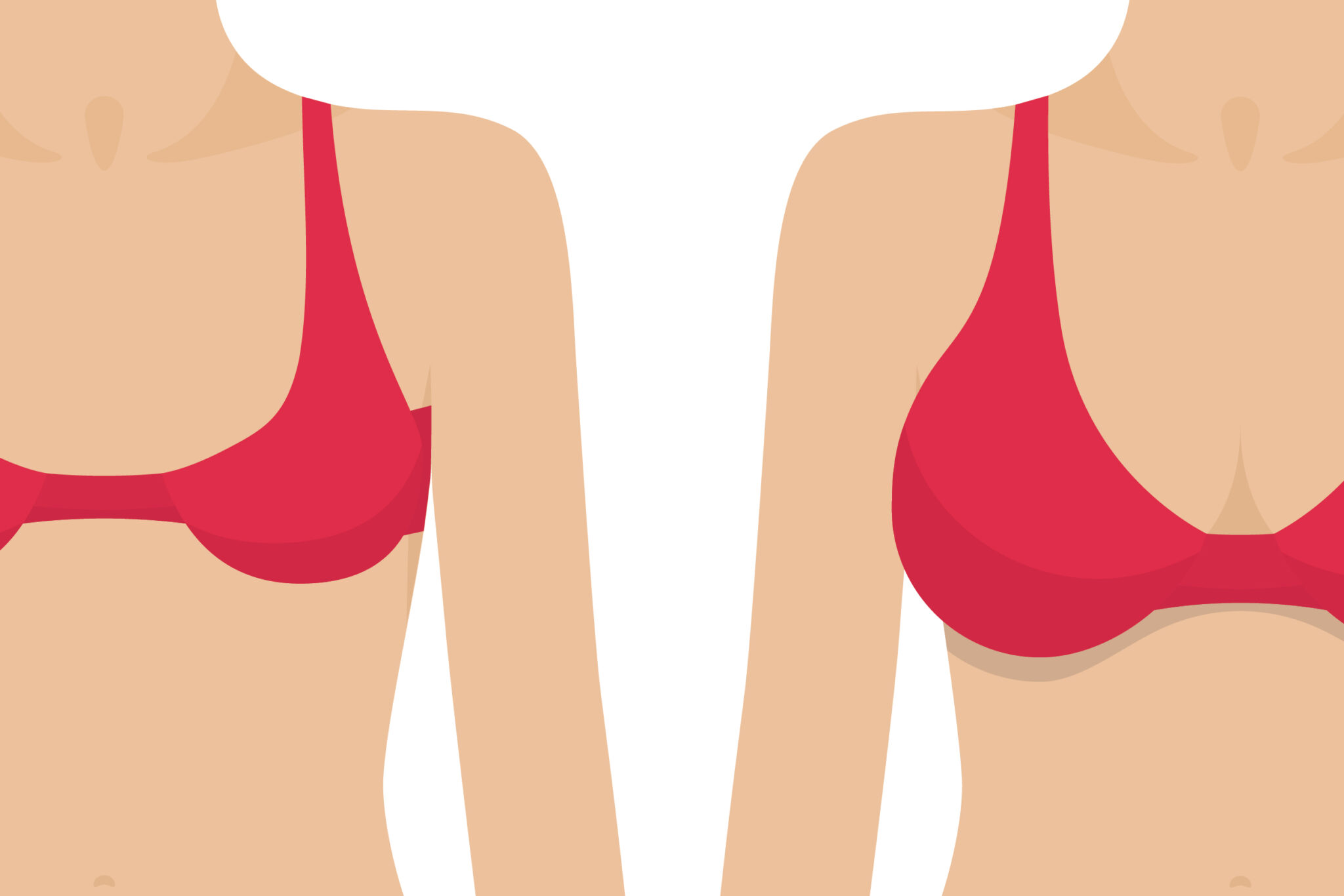
Breast implants come in many shapes and sizes. Though your options are limited by the size of your chest and the shape of your breasts, there are still many choices of size and projection. To help you with your decision, Dean uses the Vectra 3D photography system. Using the planning software you can have a generally quite accurate simulation of your new breasts. This system is not perfect but gives you the best available means of choosing your new shape. This simulation is invaluable in helping you to make the best possible decision about your body.
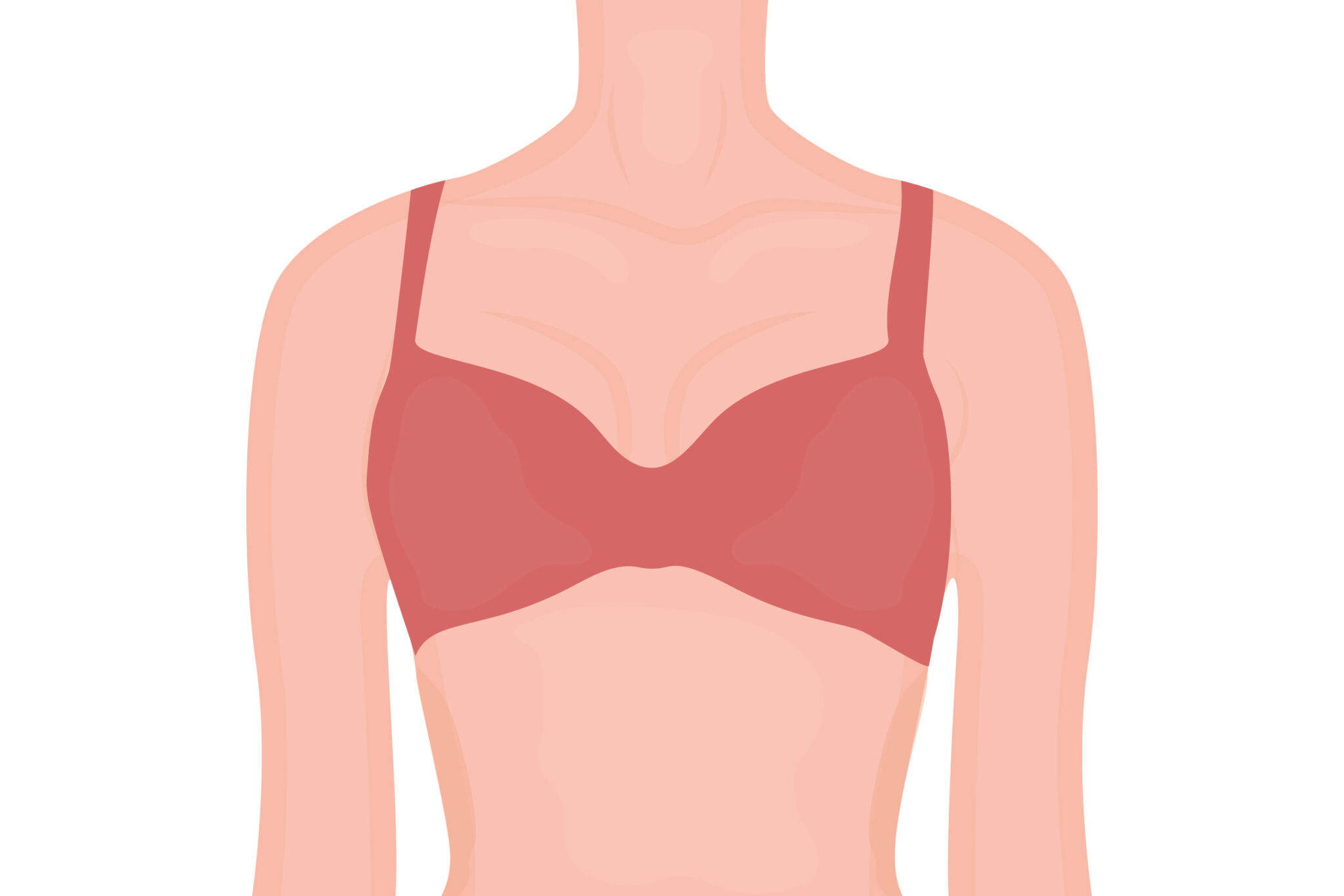
During your consultation Dean will work with you to find the appropriate size. Sometimes it may be necessary to choose a different size for each breast, if there is any asymmetry needing to be made more even. The “rice test” is a simple and really useful way of judging implant sizes and is something that you can easily do at home before you see Dean.

Breast implant profile refers to how thick the implant is. For any widening, there are several options for thickness (projection).
High profile implants project more than a moderate or low profile breast implants. Deciding what implant profile is best for you depends largely on your breast anatomy, and your preferences. Dean will guide you in this process.
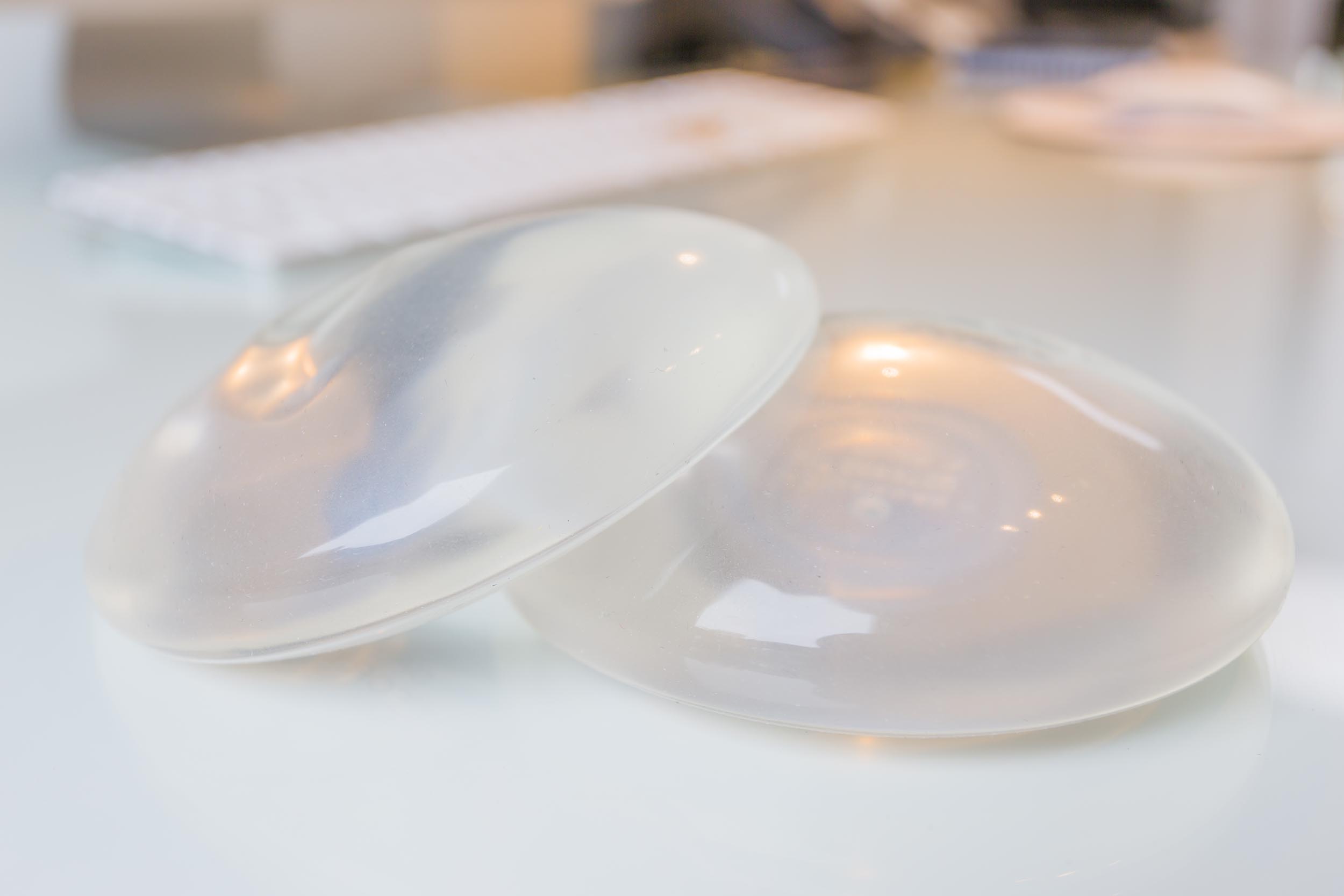
Implant shape is divided into two categories – round and anatomical.
A round implant is suitable for most women and is the most commonly inserted type of implant world wide.
Anatomical (teardrop shaped) implants are best suited to women with slim frames with little natural breast tissue and have increasing popularity.
Dean uses cohesive gel filled breast implants because he believes they provide the best combination of feel, long life and safety.
Partnering with the right surgeon and choosing the right implants for you are your core choices when it comes to breast surgery. Dean routinely uses one of the most trusted brands of breast implants in the world, Mentor. These implants are made by Johnson & Johnson, who are considered to be world leading manufacturers of breast implants.

Dean believes that implants should come with a generous product warranty to ensure you are supported long after surgery. Mentor stands firmly behind the integrity of their products with a lifetime replacement policy so you can have complete confidence when making MENTOR® MemoryGel® and Contour Profile Gel (CPG™) Breast Implants your choice.
MENTOR® Breast Implants are guaranteed for your lifetime*
All recipients of MENTOR® MemoryGel® Breast Implants and MENTOR® CPG™ Breast Implants implanted in Australia are enrolled in the MENTOR Product Replacement Policy.* What this means to you is that should a confirmed rupture occur, you are eligible for replacement breast implants in a similar style at no charge.*
Importantly, should you need to undergo revision surgery under this guarantee, there are fees incurred for the operation to replace the implants together with anaesthetic and day surgery facility fees.

Click here to download the Mentor Warranty Brochure for detailed information.
Dean would like to reassure all his patients that he has never used French Poly Implant Prostheses (PIP Breast Implants).

Key Facts
- Breast augmentation does not correct significantly sagging breasts. A breast lift (mastopexy), which involves removing excess skin and shifting the nipple position, may be required for this concern. If your nipple position is below the fold underneath your breast, generally you will need a breast lift for best results.
- Most (but not all) women are able to successfully breastfeed after augmentation with breast implants.
- There are two types of materials used in breast implants in Australia; saline and silicone.
- It’s important to understand breast implants do not last forever. Future surgeries may be required to replace one or both implants.
- There is no need for implants to be routinely changed and rupture rates with modern implants are very low.




